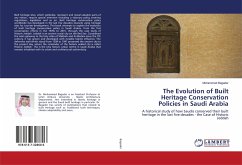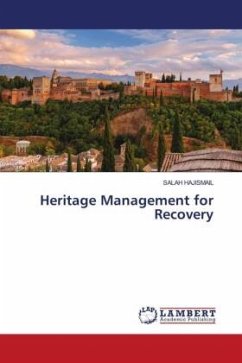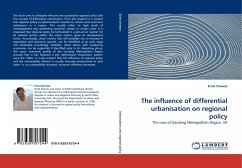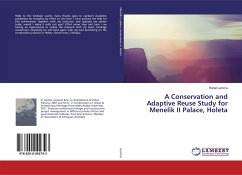Built heritage sites, which symbolise, represent and reveal valuable parts of any nation, require special attention including a visionary policy covering regulations, legislation and so on. Built heritage conservation policy worldwide has developed in the last five decades towards using heritage sites for tourism development. This book attempts to explain the evolution of built heritage conservation policy in Saudi Arabia, from the first conservation efforts in the 1970s to 2015, through the case study of Historic Jeddah. Jeddah is an ancient costal city on the Red Sea. Considered the main gateway to the holy cities of Makkah and Al-Medina since the 7th century, it has grown and developed with notable Islamic influence. The defensive wall which stood from 1509 to 1947 preserved the ancient city to the present day, where the remainder of the historic walled city is called Historic Jeddah. This is the only historic urban centre in Saudi Arabia that remains inhabited with its urban and architectural authenticity.








